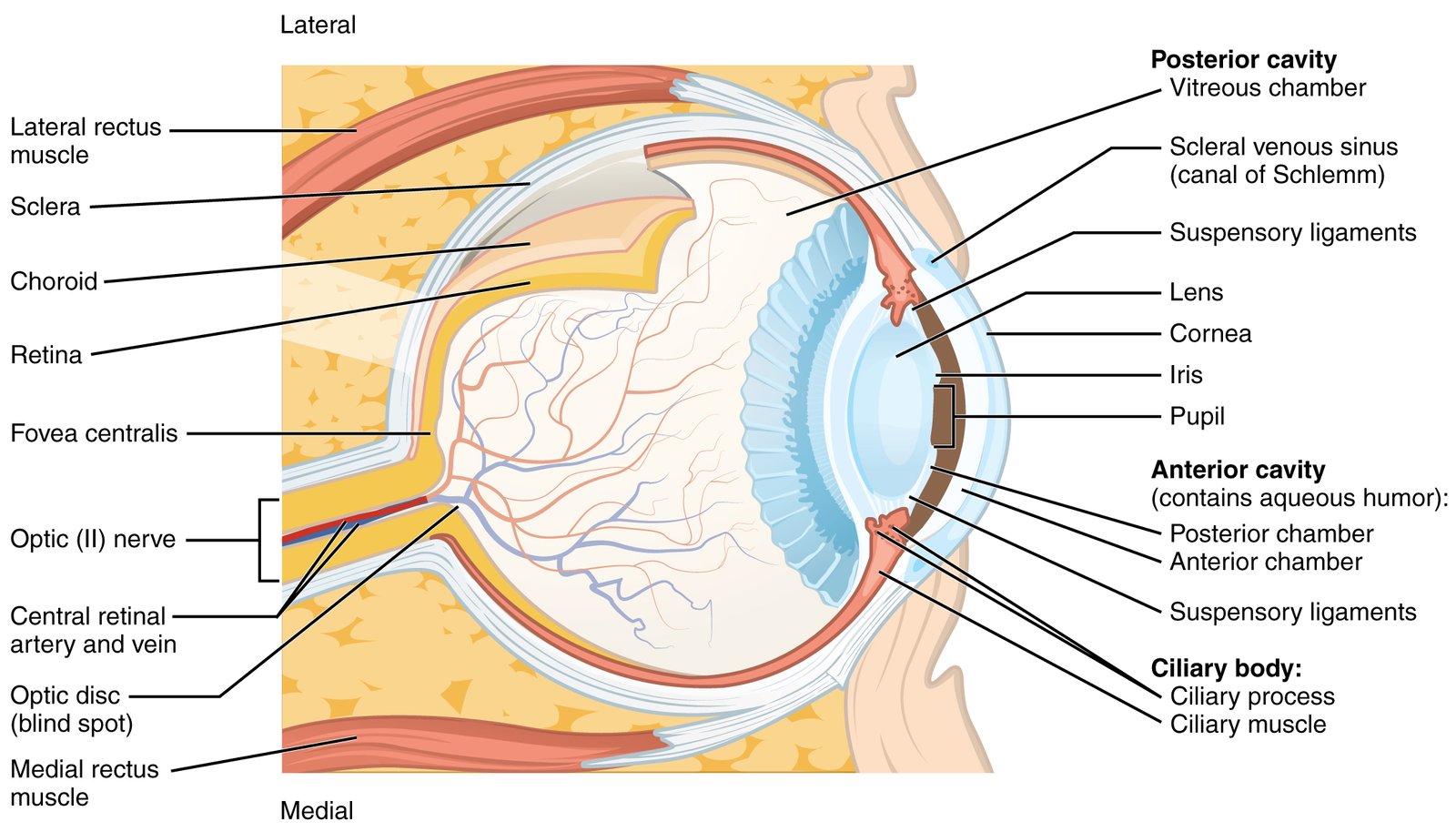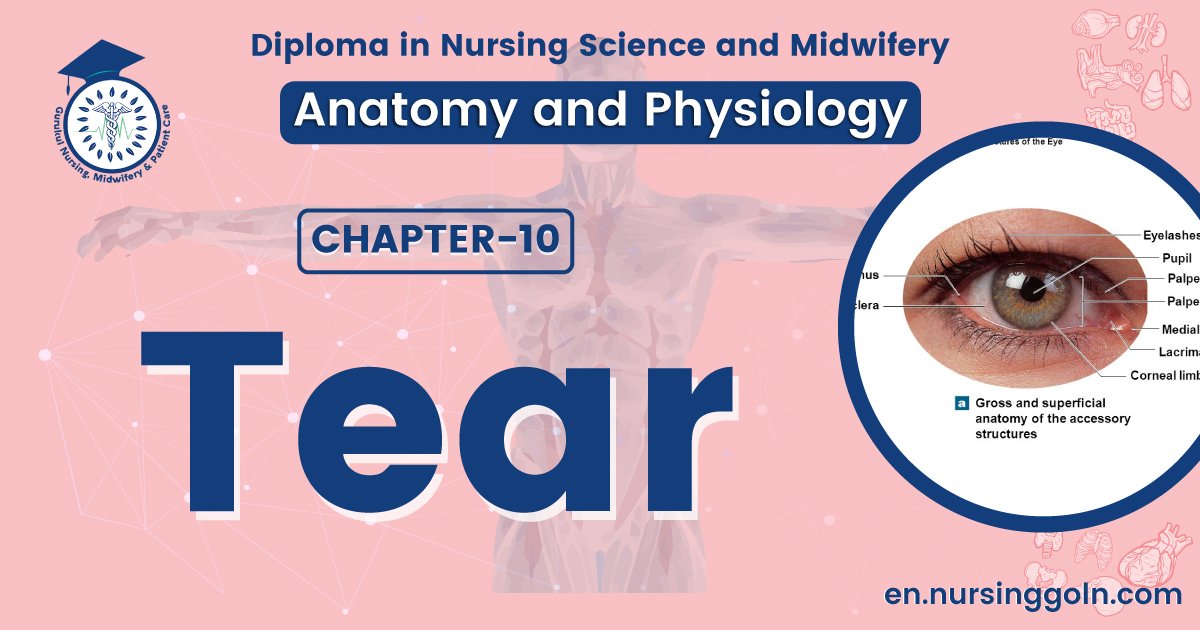Concept about Tear- The course is designed for the basic understanding of anatomical structures and physiological functions of human body, musculoskeletal system, digestive system, respiratory system; cardiovascular system; urinary system, endocrine system, reproductive system, nervous system, hematologic system, sensory organs, integumentary system, and immune system.The aim of the course is to acquire knowledge and skills regarding anatomy and physiology.

Concept about Tear
Tears are a watery solution containing salts, some mucus, and a bacteria-killing enzyme called lysozyme. Tears clean, lubricate, and moisten the portion of the eyeball exposed to the air to prevent it from drying.
Normally, tears are cleared away by evaporation or by passing into the nasal cavity as fast as they are produced. If, however, an irritating substance makes contact with the eye, the lacrimal glands are stimulated to oversecrete and tears accumulate. This protective mechanism dilutes and washes away the irritant.
Only humans express emotions, both happiness and sadness, by crying. In response to parasympathetic stimulation, the lacrimal glands produce excessive tears that may spill over the edges of the eyelids and even fill the nasal cavity with fluid. This is how crying produces a runny nose.

FLOW OF TEARS
Lacrimal gland
⇓
Lacrimal ducts
⇓
Superior or Inferior lacrimal canal
⇓
Lacrimal sac
⇓
Nasolacrimal duct
⇓
Nasal cavity
The stuctures of the Eyeball and theie functions
Cornea: Admits and refracts (bends) light.
Sclera: Provides shape and protects inner parts.
Iris: Regulates the amount of light that enters eyeball.
Ciliary body: Secretes aqueous humor and alters the shape of the lens for near or far vision (accommodation).
Choroid: Provides blood supply and absorbs scattered light.
Retina: Receives light and converts it into nerve impulses. Provides output to brain via axons of ganglion cells, which form the optic (II) nerve.
Lens: Refracts light.
Anterior cavity: Contains aqueous humor that helps maintain the shape of the eyeball and supplies oxygen and nutrients to the lens and cornea.
Vitreous chamber: Contains the vitreous body, which helps maintain the shape of eyeball and keeps the retina attached to the choroid.
Dilation and constriction of the pupil.

In dim light, the radially arranged smooth muscle fibers are stimulated to contract by sympathetic neurons, dilating the pupil. In bright light, the circularly arranged smooth muscle fibers are stimulated to contract by parasympathetic neurons, constricting the pupil.
Read more:
